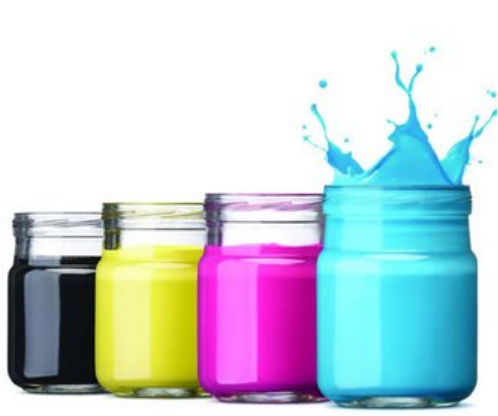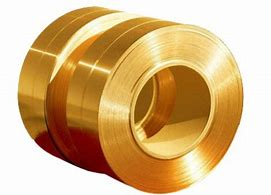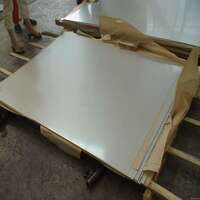1. Introduction
Just 24 hours ago, a major architectural firm in New York unveiled a new mixed-use development featuring a striking corten steel facade—sparking renewed interest in metal clad exteriors among designers and homeowners alike. This trend highlights how metal cladding continues to dominate modern construction for its durability, aesthetics, and sustainability.

So, what exactly is metal clad? At its core, the metal clad meaning refers to any structure, component, or surface that’s covered or ‘clad’ with a layer of metal. This can range from a metal clad roof on a backyard shed to high-performance clad metals used in aerospace engineering.
2. What Is Metal Clad?
The term ‘metal clad‘ (sometimes written as ‘metalclad’) broadly describes materials or systems where a base material is bonded or coated with a metal layer. The clad metal meaning often implies enhanced performance—like corrosion resistance, strength, or visual appeal—without the full cost of solid metal.
For example, aluminum clad steel combines the strength of steel with the lightweight, rust-resistant properties of aluminum. Similarly, stainless clad aluminum offers the best of both worlds for specialized industrial applications.
3. Metal Clad in Architecture
One of the most visible uses of metal clad today is in building exteriors. Architects love metal clad walls and metal facades for their sleek, modern look and low maintenance.
Popular choices include:
- Corten steel siding: Known for its weathering rust patina, often used in contemporary homes and commercial spaces.
- Zinc facade and zinc clad roof: Elegant, long-lasting, and naturally protective.
- Copper siding: Develops a green patina over time, adding character.
- Exterior corrugated metal siding: Rugged and industrial, great for metal clad sheds or cabins.
- Standing seam siding and vertical standing seam metal siding: Clean lines and excellent water resistance.

Products like Colorbond standing seam and PAC Clad standing seam roof systems are industry favorites for metal clad buildings due to their durability and color options.
Even small features like a zinc clad dormer or PAC Clad column covers can elevate a design. And yes—you can absolutely build a full metal clad house using steel clad or aluminum clad sheet panels.
4. Types of Clad Metals and Their Uses
Beyond architecture, clad metals serve critical roles in manufacturing, energy, and electronics. These include:
- Aluminum clad stainless steel and stainless clad aluminum: Used in heat exchangers and cookware.
- Titanium clad: For extreme corrosion resistance in chemical plants.
- Copper nickel clad and cupro nickel clad: Common in marine environments.
- Alloy clad like 2024-T3 clad or 7075-T6 clad aluminum: Found in aircraft skins.
Clad metal meaning in engineering often relates to bonding dissimilar metals to optimize cost and performance—like using a thin layer of expensive Inconel 625 over carbon steel via weld overlay for high-temperature resistance.
5. Metal Clad Electrical and Industrial Applications
Not all metal clad is about looks. Metal clad electrical wire (also called MC cable) is widely used in commercial buildings—including in Pennsylvania—thanks to its armored protection against physical damage.

Other industrial examples include:
- Aluminum clad wire and Cu clad wire: Used in power transmission.
- Aluminum clad pipe insulation: Combines thermal insulation with a reflective metal jacket.
- Metal clad insulation: For HVAC and industrial piping.
These systems meet strict safety codes and are often surface-mounted or run through exterior walls with proper fittings.
6. Common Metal Plates and Sheets in Cladding
Many metal clad systems rely on base materials like steel plate or aluminum sheet. Popular options include:
- Mild steel plate, carbon steel plate, and boiler plate steel for structural support.
- Stainless steel plate (304L, 316, 316L) for corrosion-prone areas.
- Aluminum 5052 sheet and 6061-T6 aluminum plate for lightweight cladding.
- Diamond plate steel and aluminum diamond tread plate for slip-resistant surfaces.
- Perforated plate and metal plate with holes for decorative or acoustic panels.
You’ll also see zinc coated, chromium electroplated, or electroless nickel finishes to boost durability. Whether you’re searching for ‘steel plate near me’ or ‘aluminum sheet for sale,’ these materials form the backbone of many metal clad assemblies.
7. Cost and Practical Considerations
Thinking about corten steel siding? Be aware that corten siding cost (or corten steel siding cost) can be higher upfront but often pays off in longevity—no painting needed, just natural weathering.
Similarly, a zinc metal siding or copper siding installation may cost more than vinyl, but lasts decades with minimal upkeep.
For DIYers, cutting metal sheet or installing standing seam facade panels requires proper tools—but systems like PAC Clad HWP or PAC Clad coping simplify the process.
8. Conclusion
From the steel facade of a downtown office to the aluminum clad steel wire in your walls, metal clad is everywhere—and for good reason. It’s strong, versatile, and increasingly stylish. Whether you’re choosing a metal clad wall for your home or specifying clad metals for an industrial project, understanding the options ensures you get performance, value, and great design.
Our Website founded on October 17, 2012, is a high-tech enterprise committed to the research and development, production, processing, sales and technical services of ceramic relative materials such as Understand. Our products includes but not limited to Boron Carbide Ceramic Products, Boron Nitride Ceramic Products, Silicon Carbide Ceramic Products, Silicon Nitride Ceramic Products, Zirconium Dioxide Ceramic Products, etc. If you are interested, please feel free to contact us.
